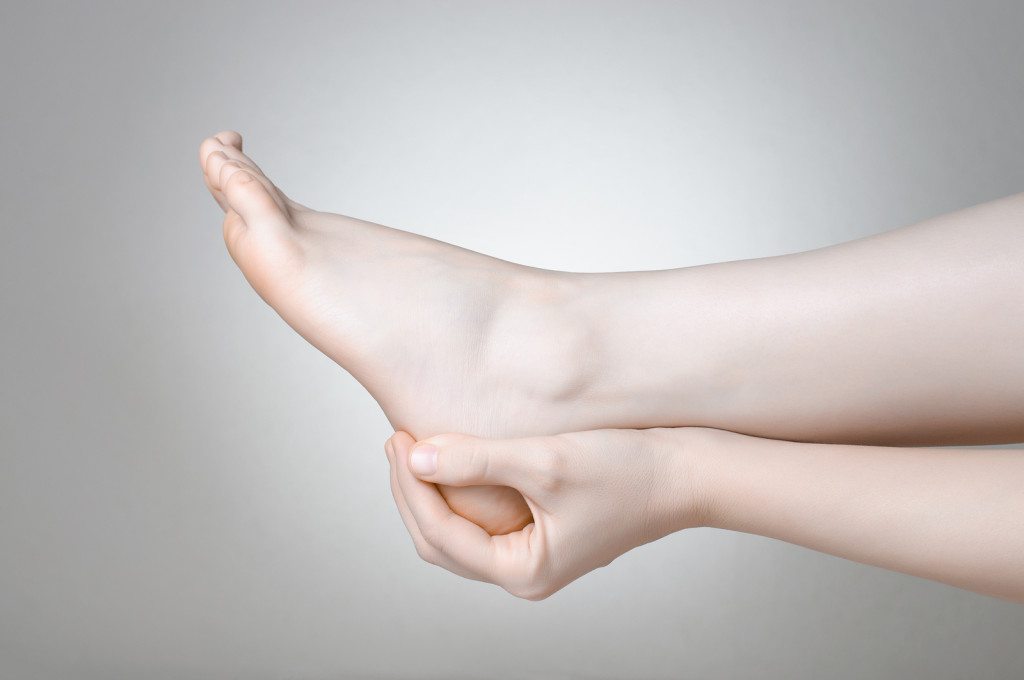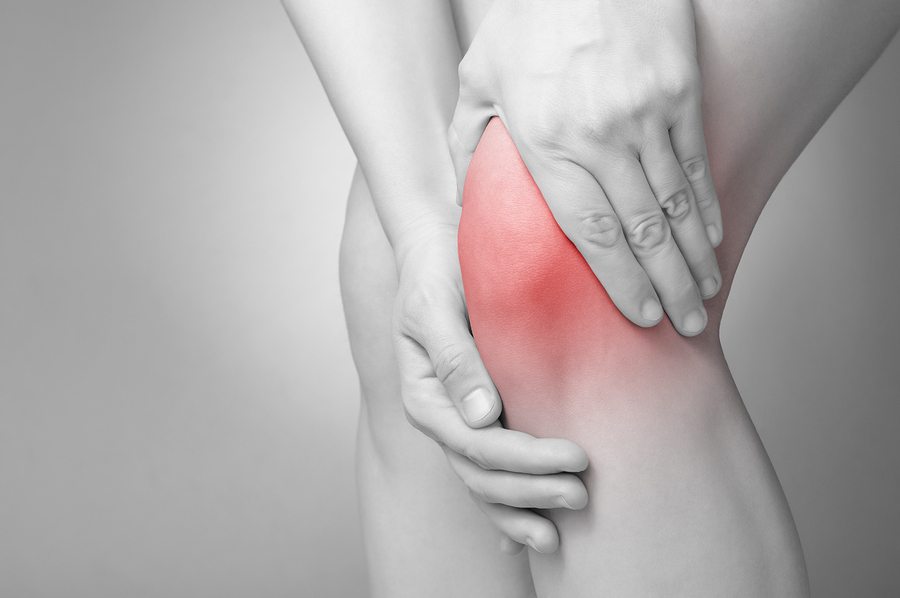The leather-clad biker has become a national icon. Propelled by the wild success of Easy Rider in 1969, motorcycles have come to represent a rebellious spirit, American individualism, and the unfettered freedom of the open road. But while motorcycles are beloved for their speed and maneuverability, these traits also come with a downside. Unlike their bulkier cousins, motorcycles feature no seat belts, no air bags, and no protective walls. As a result, riders often incur devastating injuries when a motorcycle accident occurs, especially to the legs and feet.
NHTSA Studies Hip, Leg, Knee, and Foot Injuries Caused by Motorcycle Accidents
The National Highway Traffic Safety Administration, or NHTSA, is the division of the US Department of Transportation responsible for studying and improving road safety in the United States. Since its creation in 1970, the NHTSA has conducted hundreds if not thousands of studies in an ongoing effort to better understand (and prevent) automotive accidents. Several of these studies focus on wrongful death and personal injury caused by motorcycle crashes and collisions.
According to NHTSA motorcycle crash data compiled by the Insurance Information Institute, there were about 88,000 non-fatal motorcycle injuries in 2013, while 4,668 people were killed. Per mile traveled, motorcyclists were nearly 26 times more likely to be killed than the occupants of passenger vehicles, and about five times more likely to be non-fatally injured.

According to the CDC, about a third of these injuries affect the legs and feet. In fact, foot and leg injuries occur with such frequency that the NHTSA devoted an entire report to their analysis. Released August 2008, the NHTSA report crunched data compiled from 1997 to 2006 – during which time motorcycle fatalities more than doubled – in order to “examine the frequency and type of lower-extremity injuries.” So which were most common?
Bone Fractures Most Common, Limb Amputations Rare
The study grouped injuries into seven categories by body region: ankles, feet, hips, knees, legs, pelvis, and thighs. Here were the most common (and rarest) injuries, ranked by category and subtype:
- Leg Injuries – 27%
- Tibia and fibula fractures accounted for the vast majority of motorcycle leg injuries, respectively 52% and 43%.
- About 3% of leg injuries involved leg amputations or “massive crush.” Crush injuries occur when limbs or appendages are trapped under huge amounts of weight, or squeezed between two surfaces (such as the motorcycle and the road), often resulting in broken bones, severe bleeding, and compartment syndrome, a potentially life-threatening condition which occurs when excess pressure builds inside a muscle compartment. Compartment syndrome can also cause permanent nerve damage.
- About 1% of leg injuries were attributed to each of the following:
- Sliced Achilles tendons.
- Popliteal artery injuries. The popliteal artery is located behind the knee.
- Other leg fractures.
- Pelvic Injuries – 18%
- The most common pelvic injury was hip dislocation, accounting for 37% of all pelvic injuries.
- The remaining 63% of pelvic injuries involved different types of femur fractures.
- Knee Injuries – 16%
- Most knee injuries, about 37%, involved tibia fractures.
- About 18% involved fracture of the patella (kneecap).
- About 12% involved lacerations to ligaments. Ligaments, which are short pieces of tough fibrous tissue, help to connect bones and provide stability.
- About 10% involved knee dislocations.
- About 9% involved femur fractures.
- About 6% involved knee sprains. “Sprain” is simply another term for a torn ligament. As opposed to lacerations, or cuts, sprains are caused by overexertion beyond the ligament’s normal range of motion.
- About 3% of knee injuries were attributed to each of the following:
- Cuts which penetrated the knee joint.
- Meniscus tears. The meniscus is a rubbery cushion inside the knee. Meniscus tears are common sports injuries, with about 3 million new cases diagnosed in the U.S. each year.
- Thigh Injuries – 11%
- Virtually all thigh injuries involved some type of femur fracture (94%). Just over half of these fractures (53%) involved a break in the shaft of the femur.
- The remaining thigh injuries involved either:
- Injuries to the sciatic nerve or femoral artery (4%).
- Partial or complete amputations above the knee (2%).
- Foot Injuries – 10%
- Just over half of all foot injuries (51%) involved a fracture of the tarsal or metatarsal bones. Each of your feet has seven tarsal bones and five metatarsal bones.
- Calcaneus (heel bone) fractures and talus fractures each accounted for 17% of motorcycle foot injuries. The talus is a large, gently sloping bone at the base of the foot where it connects to the lower leg.
- About 14% of injuries involved other types of foot bone fractures.
- About 1% of foot injuries involved toe amputation/toe crush, or “degloving,” where large portions of skin are completely separated from the tissue beneath.
- Ankle Injuries – 10%
- About 90% of all ankles injuries involved fibula and tibia fractures, 56% and 34% respectively.
- The remaining 10% of ankle injuries involved ankle dislocation.
- Hip Injuries – 4%
- Hip dislocation was the most common hip injury (37%).
- The remaining 63% of hip injuries involved different types of femur fractures.

Fortunately, it’s statistically rare for lower-extremity injuries to be fatal: only about 1% to 2%, depending on whether there was one injury or multiple injuries. Most patients – about 70% to 82% – were able to be discharged back home after receiving medical care. That being said, even non-fatal foot and leg injuries can be absolutely debilitating. Without full use of their feet and legs, many victims of such injuries are forced to spend weeks or even months out of work while recovering. If the wound is severe, the survivor may have limited mobility for the rest of his or her life.
If your feet or legs were injured in a motorcycle accident, Philadelphia personal injury attorney Brent Wieand may be able to help you get compensated. To set up a free and confidential legal consultation with Brent, call (888) 789-3161 today.

